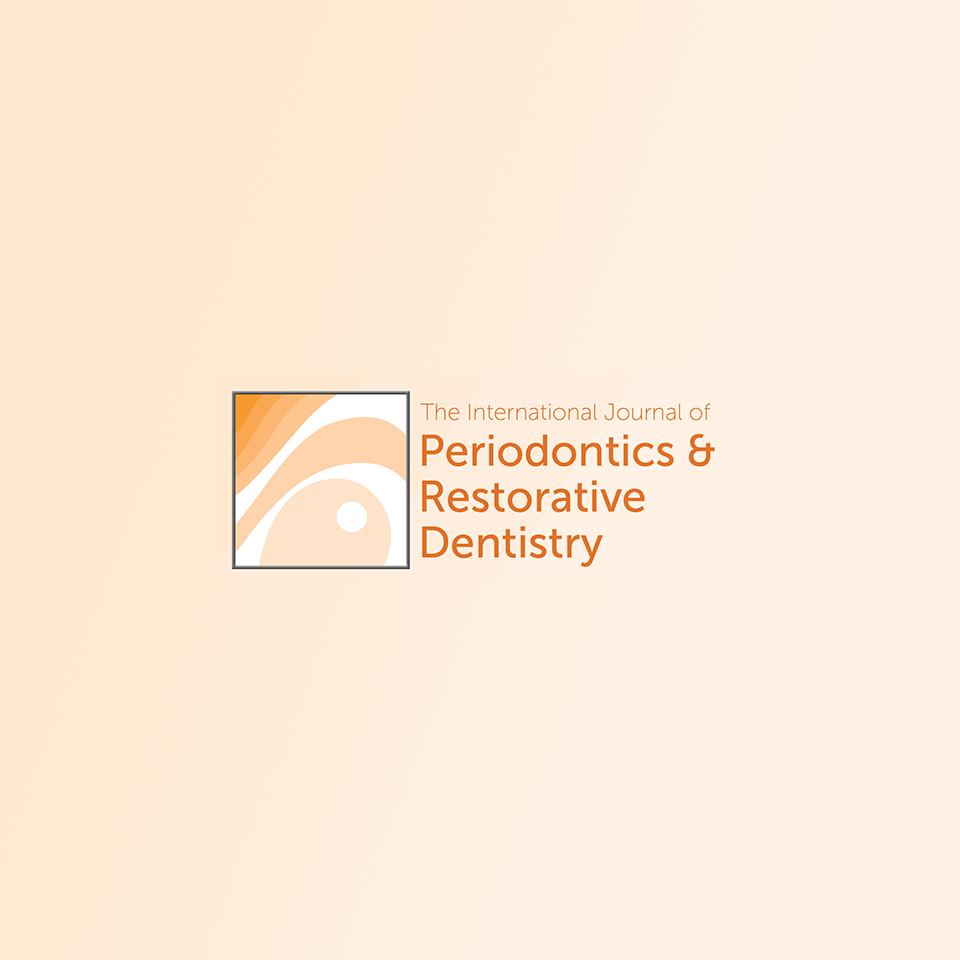
Increasing the Vertical Dimension of Occlusion: A Multicenter Retrospective Clinical Comparative Study on 100 Patients with Fixed Tooth-Supported, Mixed, and Implant-Supported Full-Arch Rehabilitations
Giacomo Fabbri, Roberto Sorrentino, Giorgio Cannistraro, Francesco Mintrone, Leonardo Bacherini, Roberto Turrini, Tiziano Bombardelli, Michele Nieri, Mauro Fradeani
This multicenter retrospective clinical study was aimed at comparing the effects of an increase in vertical dimension of occlusion (VDO) in patients with xed rehabilitations. Expert prosthodontists retrospectively evaluated 100 patients treated with an increase of the VDO and xed dental prostheses (FDPs) supported by teeth, implants, or both. The patients were divided into three study groups according to the type of support of restorations in posterior areas, as follows: partially edentulous patients with posterior teeth-supported rehabilitations and no implants in posterior segments (group A), partially edentulous patients with posterior mixed rehabilitations and at least one osseointegrated implant in posterior segments (group B), and completely edentulous patients with posterior implant-supported rehabilitations (group C). The new VDO was tested with mock-ups, temporary restorations, or removable appliances. The patients were followed up for at least 1 year after the delivery of final restorations. Clinical variables were collected retrospectively, such as presence of referred self-reported bruxism and temporomandibular joint or muscle symptoms before treatment, extension of the dental arches, increase in VDO, restorative materials, and functional complications. Descriptive statistics were analyzed; the three experimental groups were compared with one-way analysis of variance (ANOVA) followed by Tukey post hoc test for the quantitative variables and with logistic regression using the likelihood ratio test for the qualitative variables. Statistically signi cant differences were reported among the experimental groups for functional complications. Functional and prosthetic complications after the VDO increase were not frequent. Functional complications were mainly noticed in group C but usually were no longer evident after 2 weeks. No signi cant differences were found between groups in terms of prosthetic complications and self-reported bruxism. Int J Periodontics Restorative Dent 2018.